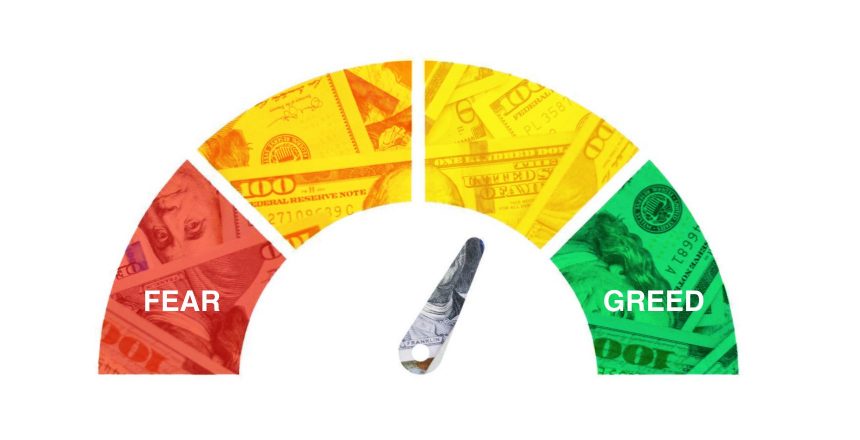Following yesterday’s historic stock market rally, CNN’s Fear & Greed Index saw a notable increase, moving from a score of 2 to 17 premarket this morning, before reverting back to 5 with today’s downturn in the markets. Despite this short-lived improvement, the index remains firmly in the “extreme fear” zone, which spans scores from 0 to 25. For context, a score of 50 is considered neutral, while higher scores signal increasing levels of market greed.
CNN’s Fear & Greed Index is a tool designed to measure investor sentiment in the stock market by analyzing seven key indicators that reflect various aspects of market behavior. These include Market Momentum, which tracks the S&P 500’s performance relative to its 125-day moving average; Stock Price Strength, which compares the number of stocks hitting 52-week highs versus lows; and Stock Price Breadth, which evaluates the trading volume of rising versus declining stocks. Additionally, the index examines Put and Call Options to assess demand for bearish versus bullish bets, Junk Bond Demand to gauge investor appetite for high-risk bonds, and Market Volatility, which uses the VIX index as a measure of fear. Finally, Safe Haven Demand compares returns on stocks versus safer investments like government bonds to determine whether investors are seeking risk or security. These indicators collectively provide a comprehensive view of market sentiment, helping investors interpret emotional extremes that influence stock prices.
Each indicator is weighted equally, and their deviations from historical averages determine the final score on a scale from 0 (maximum fear) to 100 (maximum greed).
While yesterday’s rally pushed the index up significantly, a score of 17 still reflects extreme fear among investors. This sentiment suggests that despite short-term gains, broader concerns about economic stability, geopolitical tensions, or other factors may be keeping risk appetite subdued. Historically, periods of extreme fear have often been associated with heightened market volatility and opportunities for contrarian investors seeking undervalued assets.
Yesterday’s stock market rally was driven by President Trump’s announcement of a 90-day pause on reciprocal tariffs for most countries, which temporarily eased investor fears about escalating trade tensions. This decision led to one of the largest single-day gains in stock market history, with the Dow Jones surging by 7.9%, the S&P 500 climbing 9.5%, and the Nasdaq jumping 12.2%, marking the biggest one-day increase for the S&P 500 since October 2008. Investors welcomed the pause as a potential reprieve from the economic uncertainty caused by sweeping tariffs that had previously sent markets into a tailspin, with the S&P 500 down nearly 17% from its mid-February peak. However, optimism was tempered by the exclusion of China from the tariff pause, as Trump announced a sharp increase in tariffs on Chinese goods to 125%, further straining U.S.-China trade relations. Analysts noted that while the pause provided short-term relief, lingering uncertainty about future tariffs and their impact on global trade continued to weigh on market sentiment.
For investors, understanding these dynamics can be crucial in navigating volatile conditions. While extreme fear may deter some from entering the market, others see it as an opportunity to capitalize on discounted valuations before sentiment improves further.
As investor sentiment fluctuates across sectors and asset classes, tools like CNN’s Fear & Greed Index remain essential for understanding broader market psychology and identifying potential investment opportunities during periods of heightened uncertainty.

